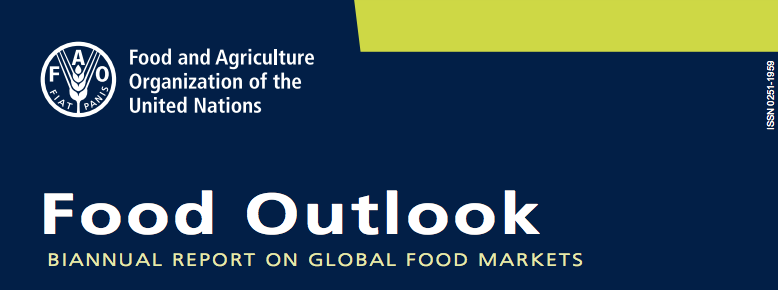Inside BENEO’s new pulse plant: pioneering sustainable protein from faba beans
FAO’s new Food Outlook report tracks the risks associated with rising import bills amid a broad upswing in prices
Global food trade is poised for a resilient year ahead even as international food commodity prices are set to remain high amid supply and demand uncertainties, according to a new report released by the Food and Agriculture Organization of the United Nations (FAO).
The report notes that trade flows continued to reach new highs during the ongoing COVID-19 pandemic. In fact, on a global level, trade in agricultural products – particularly less-perishable foods – performed more robustly than the broader merchandise sectors.
That has contributed to driving FAO’s provisional forecast for the world food import bill in 2021 to $1.72 trillion, a 12 per cent increase from its previous high of $1.53 trillion in 2020.
However, rising prices raise concerns that higher outlays may still mask deteriorating quantitative and qualitative dietary trends in vulnerable countries.
Food Outlook, issued twice a year, offers a detailed assessment of market supply and demand trends for the world’s major foodstuffs, including cereals, vegetable oils, sugar, meat and dairy, and fish. It also looks at trends in futures markets and shipping costs for food commodities.
Among its findings, measured by the FAO Global Food Consumption Price Indices, is that the average worldwide consumer price of protein in May 2021 was 23 per cent above its May 2020 level. Calories, in prices, meanwhile, were up 34 percent year-on-year and hit their highest level since February 2013.
The market outlook for oilseeds and their derived products appears tight, with resumed production growth foreseen insufficient to satisfy world demand.
World supplies of wheat and rice are robust, while stocks of coarse grains are forecast to fall despite an expected record 2021 global production, reflecting large-scale utilization foreseen for livestock feed and industrial starches.
Lastly, the Food Outlook explores an innovative way of measuring food prices paid by importers that also takes into account the way demand trends change, often as a result of income shifts, and covers a broader array of foodstuffs than the FAO Food Price Index (FFPI).

